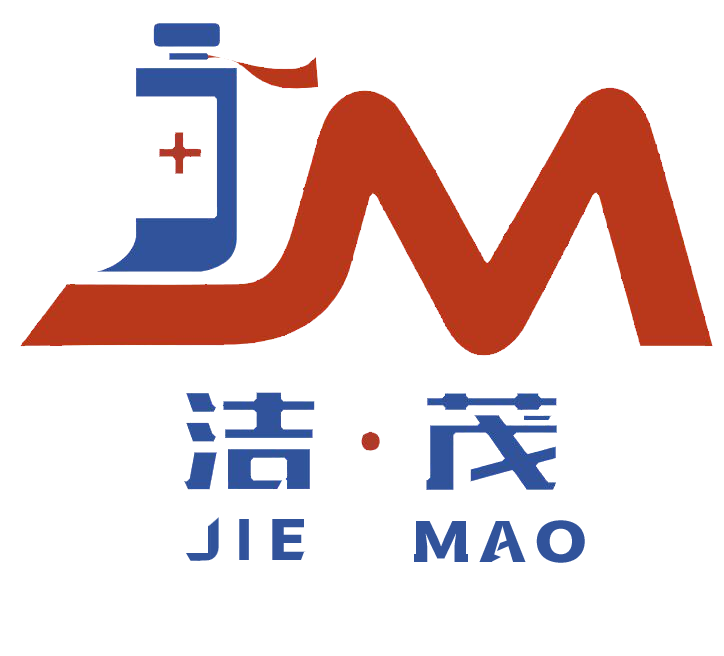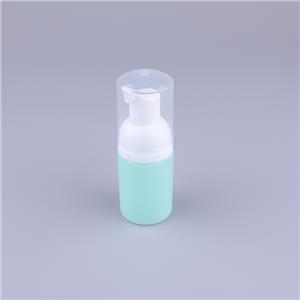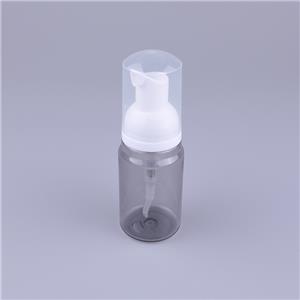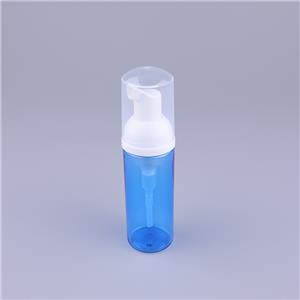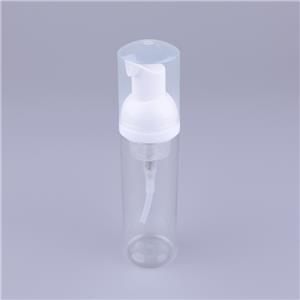- Home
- >
- News
- >
- Public Information
- >
- The application of PP in the food industry
The application of PP in the food industry
PP (polypropylene) is a widely used thermoplastic polymer in the food industry. With excellent chemical stability, high temperature resistance, good processability, and safety and environmental protection characteristics, it has become an important choice for food contact materials. Its applications cover multiple fields such as food packaging, appliance manufacturing, and auxiliary equipment, and it meets the food contact safety standards of most countries and regions around the world (such as China GB 4806.7, EU No. 10/2011, and the US FDA). It does not contain harmful substances such as bisphenol A (BPA) and its safety has been verified for a long time.
1、 Core advantage: Adapting to the key characteristics of the food industry
PP can be popularized in the food industry due to its highly compatible characteristics with the needs of food storage, processing, and transportation
Outstanding high temperature resistance: PP has a melting point of about 160-170 ℃ and can withstand high temperature environments of 100-120 ℃. It can be directly used to hold hot food (such as freshly cooked rice or hot soup), and can also be adapted for pasteurization, steam disinfection in food processing. It can even be heated in a microwave oven (choose PP products labeled "microwaveable" to avoid adding plasticizers to modified PP), solving the pain point of most plastics being "deformed and releasing harmful substances when exposed to heat".
Strong chemical stability: PP has excellent tolerance to acids, alkalis, salts, and most organic solvents (such as common food seasonings such as edible oil, vinegar, soy sauce, etc.), does not undergo chemical reactions with food ingredients, and does not dissolve or release small molecule substances due to contact with oils and sauces. It can maintain food flavor and quality for a long time, especially suitable for packaging and storage of oily and acidic foods.
High processing flexibility: PP can be produced into different forms of products through various processes such as injection molding, blow molding, extrusion, and thermoforming, from films and containers to pipes and plates. After molding, the products have good toughness, strong impact resistance, and are not easily broken (such as PP lunch boxes that are less likely to crack when dropped, which is better than brittle PS (polystyrene) lunch boxes).
Environmentally friendly and recyclable: PP belongs to recyclable plastics (marked as "No. 5" for recycling), which can be reprocessed into food grade or non food grade products after recycling (such as recycled PP can be used to make food turnover boxes), in line with the current environmental trend of "reducing plastic and carbon emissions" in the food industry. Some bio based PP (made from plant starch) can further reduce dependence on fossil resources.
2、 Main application scenarios: Full chain coverage from packaging to utensils
(1) Food packaging: the core application area with the highest proportion
The application forms of PP in food packaging are diverse, covering storage and sales needs from primary fresh food to deeply processed food:
Film packaging: PP film made through extrusion technology (such as CPP cast polypropylene film, BOPP biaxially oriented polypropylene film), which combines transparency and barrier properties. Among them, BOPP film is often used as the outer packaging layer for biscuits, potato chips, and chocolate due to its high strength and good glossiness after stretching. It is combined with an inner layer of PE (polyethylene) film to enhance sealing and extend the shelf life of food; CPP film is soft and heat-resistant, suitable for direct contact with food, such as as as wrapping film for bread and cooked food, or composite with aluminum foil to make "steaming bags" (used for packaging miscellaneous grains and pre made dishes, can be boiled and heated directly).
Hard containers: PP containers produced through injection molding or blow molding processes are common carriers for food storage and sales. For example, common food preservation boxes in supermarkets (microwave heating, suitable for storing leftovers and fruits at home), sauce bottles (such as wide mouthed bottles of Douban sauce and salad dressing, resistant to sauce corrosion and easy to pour), edible oil drums (PP oil drums in 5-20L containers, more temperature resistant than traditional PET oil drums, less prone to brittleness in winter), as well as disposable yogurt cups and jelly cups (lightweight and low-cost, suitable for mass production).
Turnover and transportation packaging: Food turnover boxes and trays made of PP are suitable for cold chain transportation of fresh and frozen foods due to their strong toughness, impact resistance, and low temperature resistance (which can be used in an environment of -20 ℃). They can be reused repeatedly and are not easily damaged; In addition, PP woven bags (covered with PE film) are used for packaging bulk foods such as rice, flour, and miscellaneous grains. They have better moisture resistance than traditional cloth bags and are lightweight and easy to transport.
(2) Food contact equipment: full scene adaptation from household to commercial use
PP, with its high temperature resistance and easy cleaning properties, is widely used in the manufacturing of utensils during food processing and consumption
Household appliances: Common microwave lunch boxes, rice cooker liners (PP coated), fresh-keeping covers, kitchen water filter baskets, chopsticks, etc. are all made of PP as raw material. Among them, the PP lunch box for microwave ovens needs to undergo "random copolymerization modification" to improve high temperature stability and avoid deformation during heating; PP chopsticks have become a common choice for households due to their resistance to mold (better than wooden chopsticks) and ease of cleaning.
Commercial appliances: disposable PP meal boxes, soup bowls, straws (replacing traditional PS straws, more heat-resistant and less prone to deformation) in the catering industry, as well as PP conveying pipelines, storage tanks, filter screens, etc. in food processing plants. For example, PP conveying pipes can be used to transport fluid foods such as juice and sauce, without contaminating the food due to long-term contact; PP filter screen can be used for screening flour and sugar powder, which is wear-resistant and easy to clean.
Infant and toddler food utensils: Due to high safety, PP is also the core material for infant and toddler food bowls and bottle accessories (such as bottle straws and nipple bases). Some modified PP (such as impact resistant PP) can also be used to make infant and toddler tableware, which is resistant to drops and does not contain harmful substances, meeting the strict safety standards of infant and toddler products.
(3) Other special applications: adapted to meet the segmented needs of food processing
In the food processing stage, PP is also used for some auxiliary equipment and materials:
Food grade seals and gaskets: PP made sealing gaskets can be used for sealing food storage tanks and bottle caps to prevent food leakage or moisture; In packaging such as cans and jars, PP gaskets can withstand high temperatures during the sterilization process and maintain sealing performance.
3D printing food molds: Some food grade PP materials can be made into customized molds through 3D printing, which are used for biscuit molds, chocolate molds, etc. in the baking industry. The processing is flexible and can meet the needs of small batch customization. At the same time, it can withstand the medium and low temperatures of ovens (below about 150 ℃).
3、 Current challenges and development trends
(1) Main challenges
Insufficient low-temperature toughness: Ordinary PP is prone to brittleness in low-temperature environments (such as below -10 ℃), which may affect the service life of turnover boxes and containers in cold chain transportation. It is necessary to modify it by adding toughening agents (such as EPDM ternary ethylene propylene rubber) to improve low-temperature performance.
Limited barrier properties: PP has lower barrier properties against oxygen and carbon dioxide than PET (polyethylene terephthalate) and EVOH (ethylene vinyl alcohol copolymer). When used alone for high freshness food (such as fresh meat and seafood), it needs to be compounded with other high barrier materials (such as aluminum foil and EVOH thin film), which increases production costs.
Recycling purity control: Recycled PP requires strict control of impurity content (such as avoiding mixing with other plastics and oil stains) to ensure its reuse in the food contact field. Currently, the global food grade recycling rate of recycled PP still needs to be improved.
(2) Development Trends
Research and development of high-performance modified PP: By adding nanoparticles (such as montmorillonite) and biobased materials, "high barrier PP" and "ultra-low temperature resistant PP" are developed to reduce dependence on composite packaging; At the same time, research and development of biodegradable PP (such as adding starch, PBAT and other degradation components) can further reduce environmental impact.
Integrated packaging solution: Combining the processing flexibility of PP, develop "packaging heating edible" integrated products, such as PP pre packaged vegetables that can be directly microwave heated, reducing packaging layers and improving consumer convenience.
High value utilization of recycled PP: With the tightening of environmental policies, food companies are promoting the "closed-loop recycling" model, which recycles and purifies waste PP food packaging into food grade containers (such as recycled PP fresh-keeping boxes) to achieve resource recycling.
In summary, PP has become an indispensable material in the food industry due to its core advantages of safety, high temperature resistance, and easy processing. Its application scenarios are still expanding with material modification technology and environmental protection needs. In the future, under the trend of "safety, functionality, and green", PP will further consolidate its important position in the food industry.
